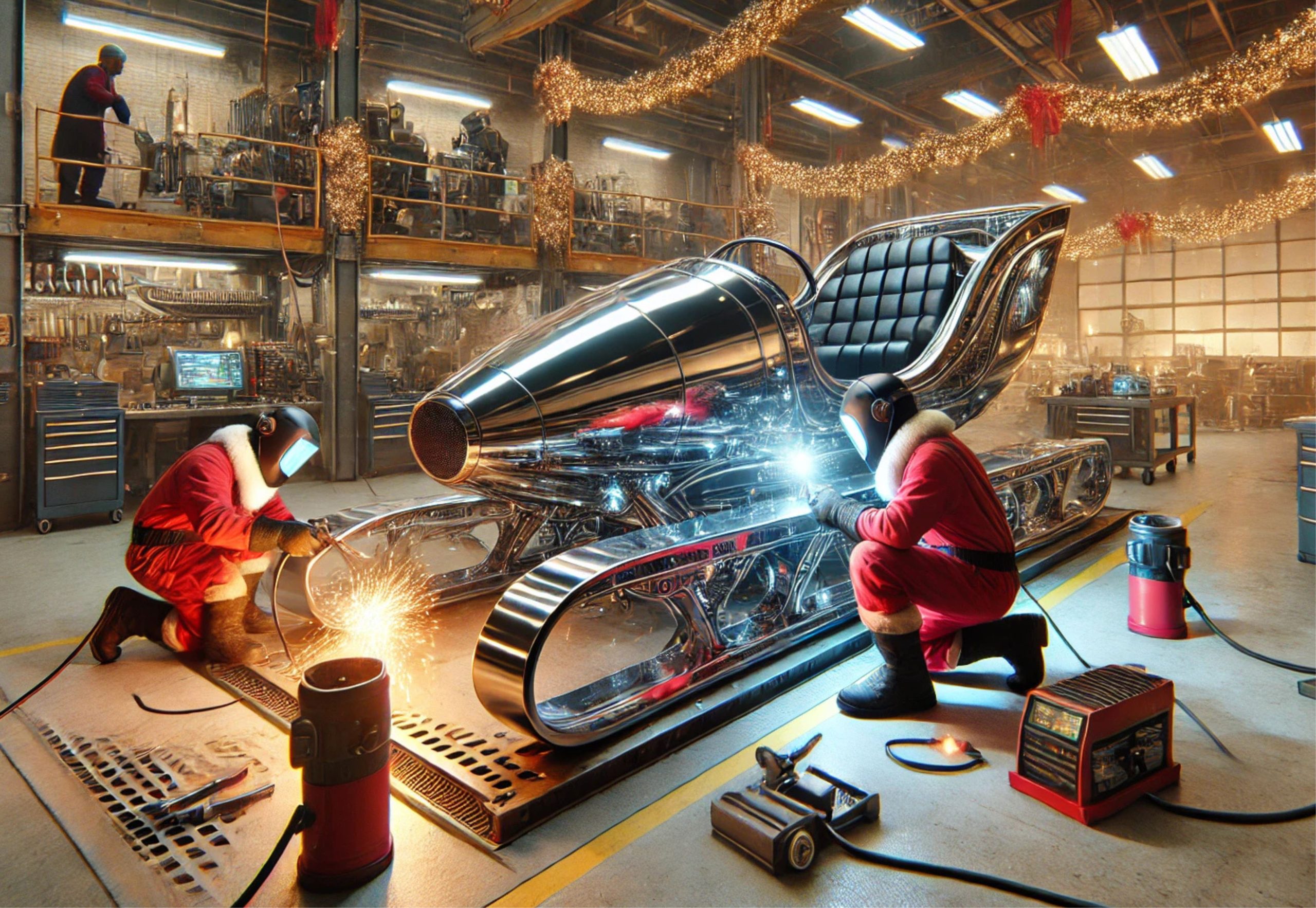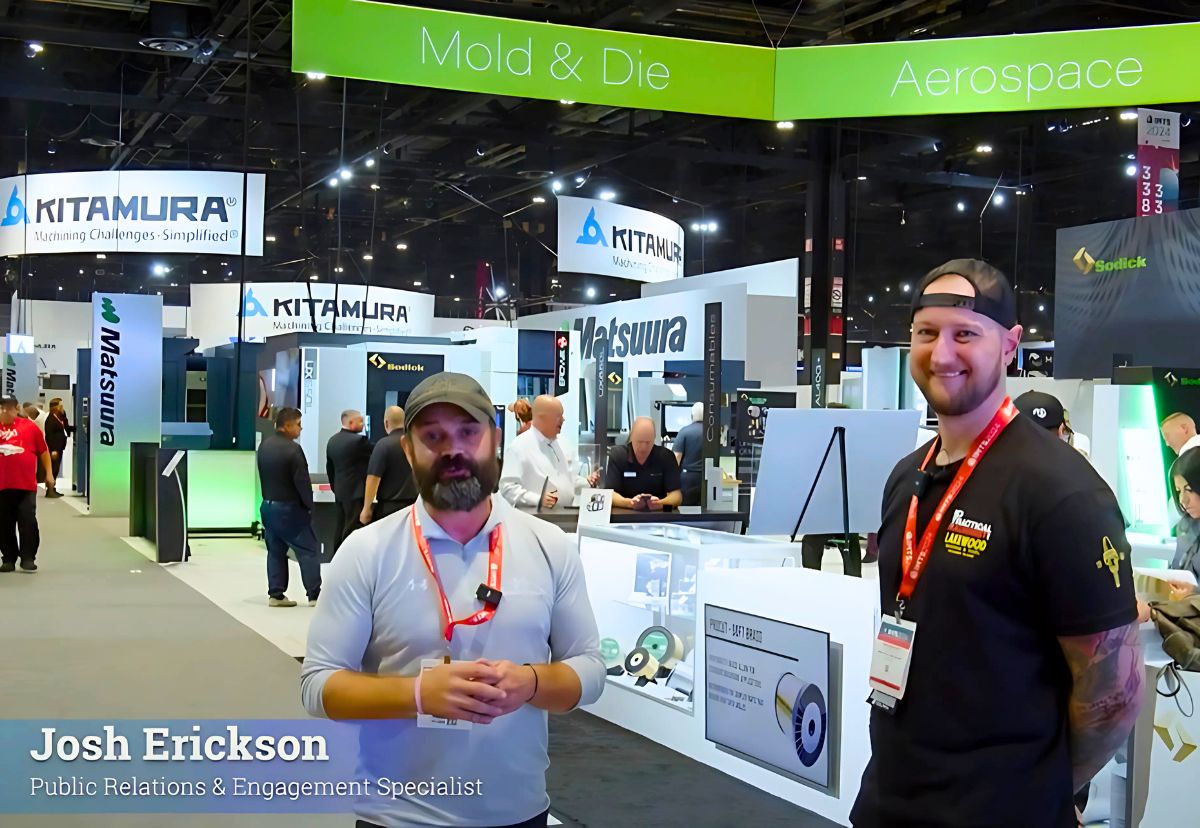How prepared is your business for the upcoming seasonal rush? If you’re one of the many struggling to keep up with demand during this difficult period, you’re not alone. Many American manufacturers face increased orders, production backlogs, and understaffed shifts during their busy seasons. That’s where we can help. Our workforce solutions are designed to ensure that you’re fully prepared to handle all influxes due to seasonality. Here’s how Flex Trades can assist your production operations this holiday (or any) season.
FlexTrades, first and foremost, provides motivated and dependable technicians whom your business can count on. These technicians are committed to moving the line within your facility, and you can depend on them to drive production day in and day out. In industries such as warehousing, distribution, or wholesale goods this is especially important as business demand typically remains consistently high. Even missing just a small portion of the workforce for one day can set operations back days or weeks.
Another vital benefit of partnering with FlexTrades is our large roster of experienced technicians. Not only do we have the numbers to help even the largest workforce needs, but our technicians also have the knowledge and expertise to fill a wide range of positions and assist with just about any manufacturing or engineering practice. During seasonal increases and spikes, industries like sugar and confectionary products have needs for common manufacturing skillsets like maintenance technicians and quality control inspectors, but they also need help addressing positions specific to their industry, such as blender and mixer operators. FlexTrades is the premier partner to help boost production across these roles, and more, during seasonal upticks for manufacturing companies.
Industry leading project management is yet another reason to trust FlexTrades to successfully support your operations. To ensure accurate and quality performance, as well as streamline client communications, all FlexTrades projects are assigned a dedicated project manager. And it is always an option to deploy our project managers on-site whenever in-person management is required or desired. This commitment to quality project management not only saves your business time and manpower in managing new technicians but also allows for more consistent operations to create a final product, and partnership, you trust. Many industries, like paper production or pharmaceutical manufacturing, can benefit from this knowing their product must be precise and uniform across each iteration.
Don’t let market seasonality get the best of your business when FlexTrades is here to help. Consider us next time you are looking for dependable and experienced technicians to help you through your busy season.













